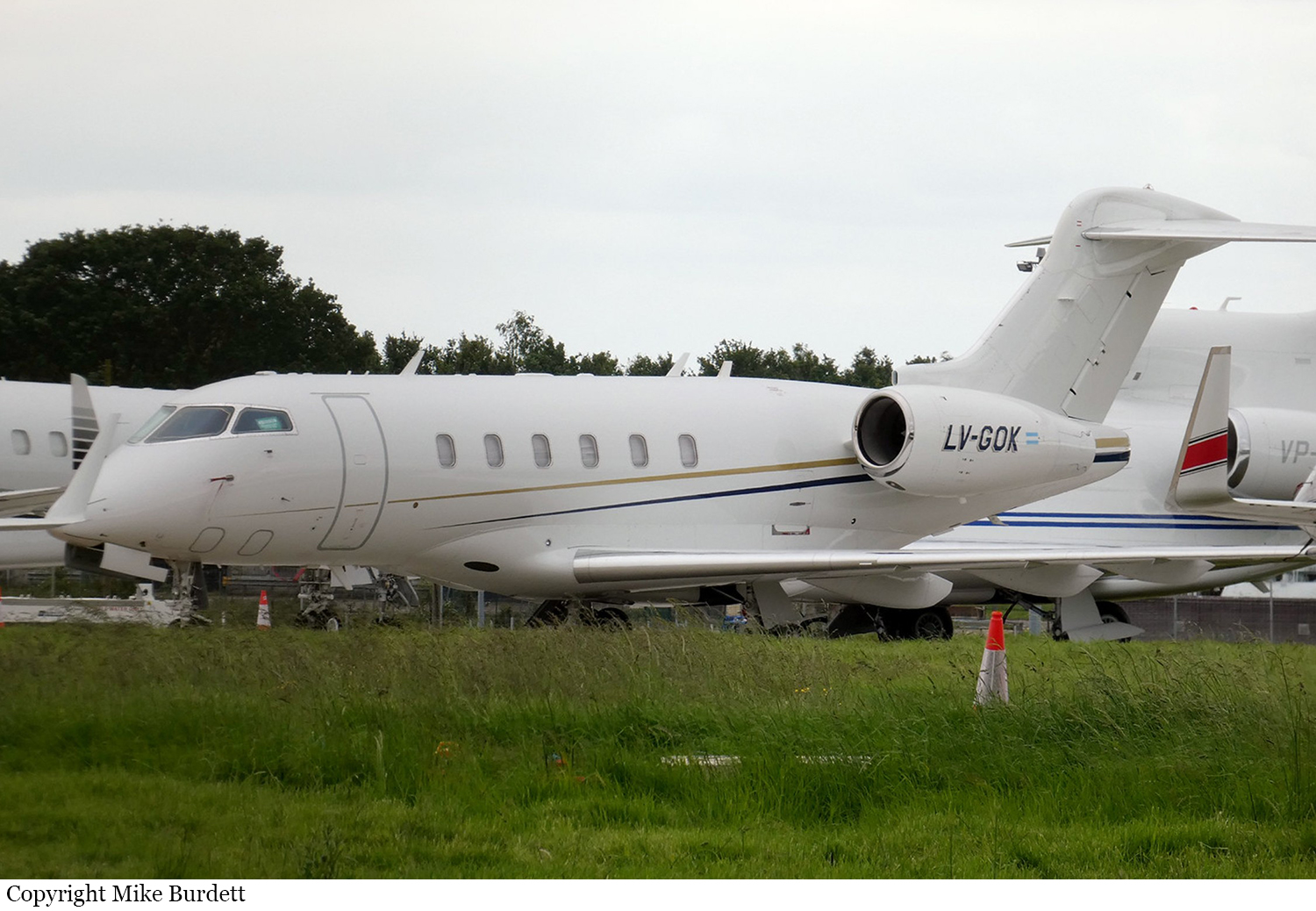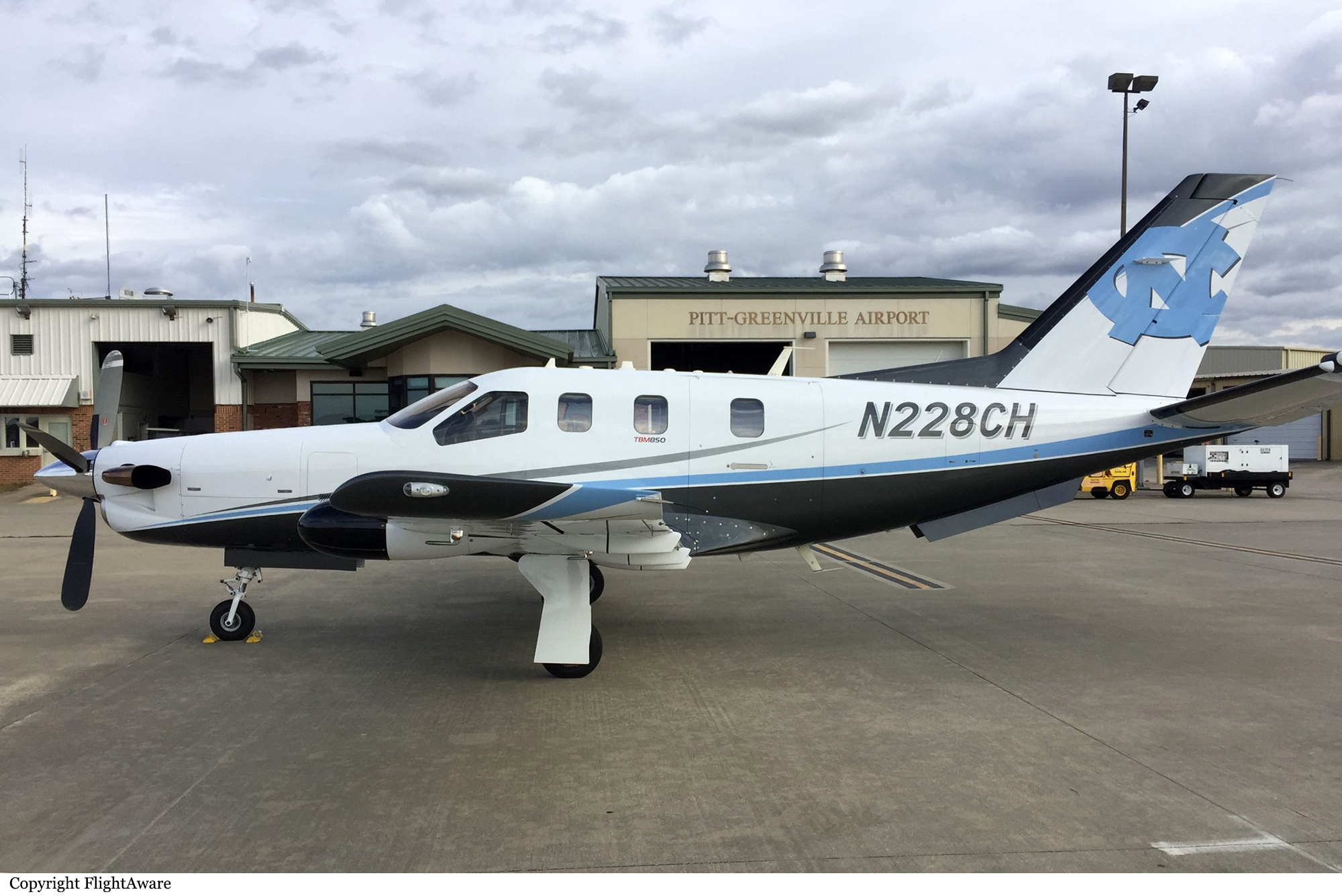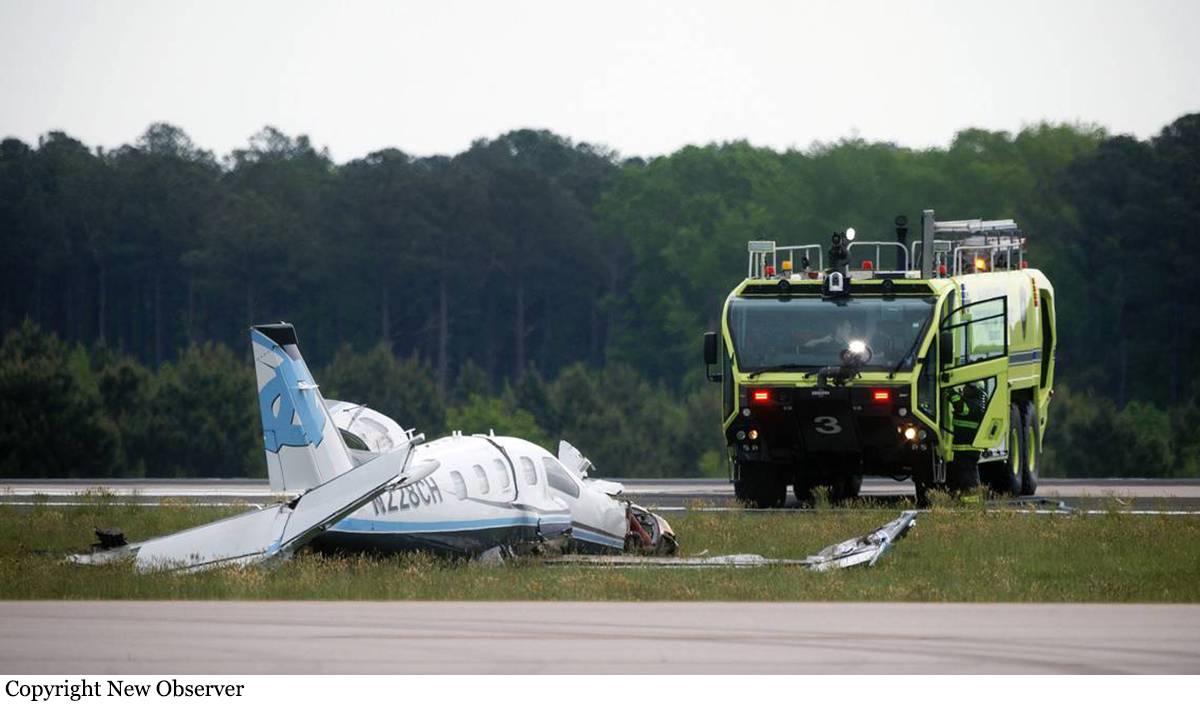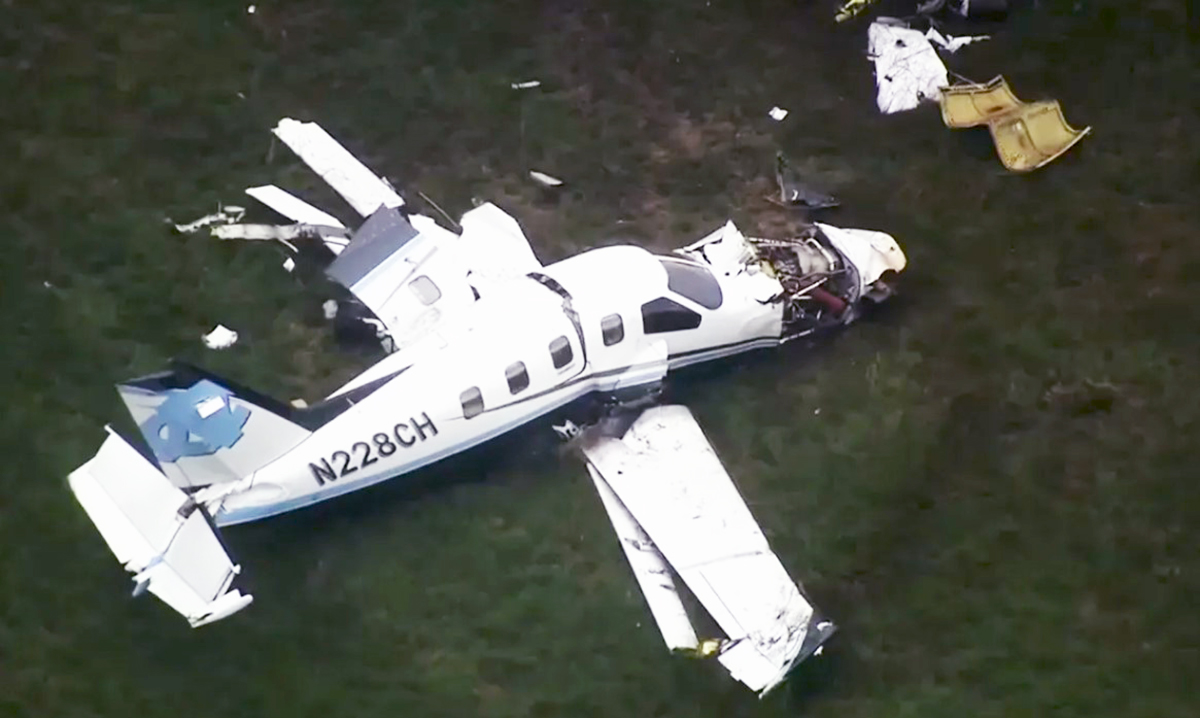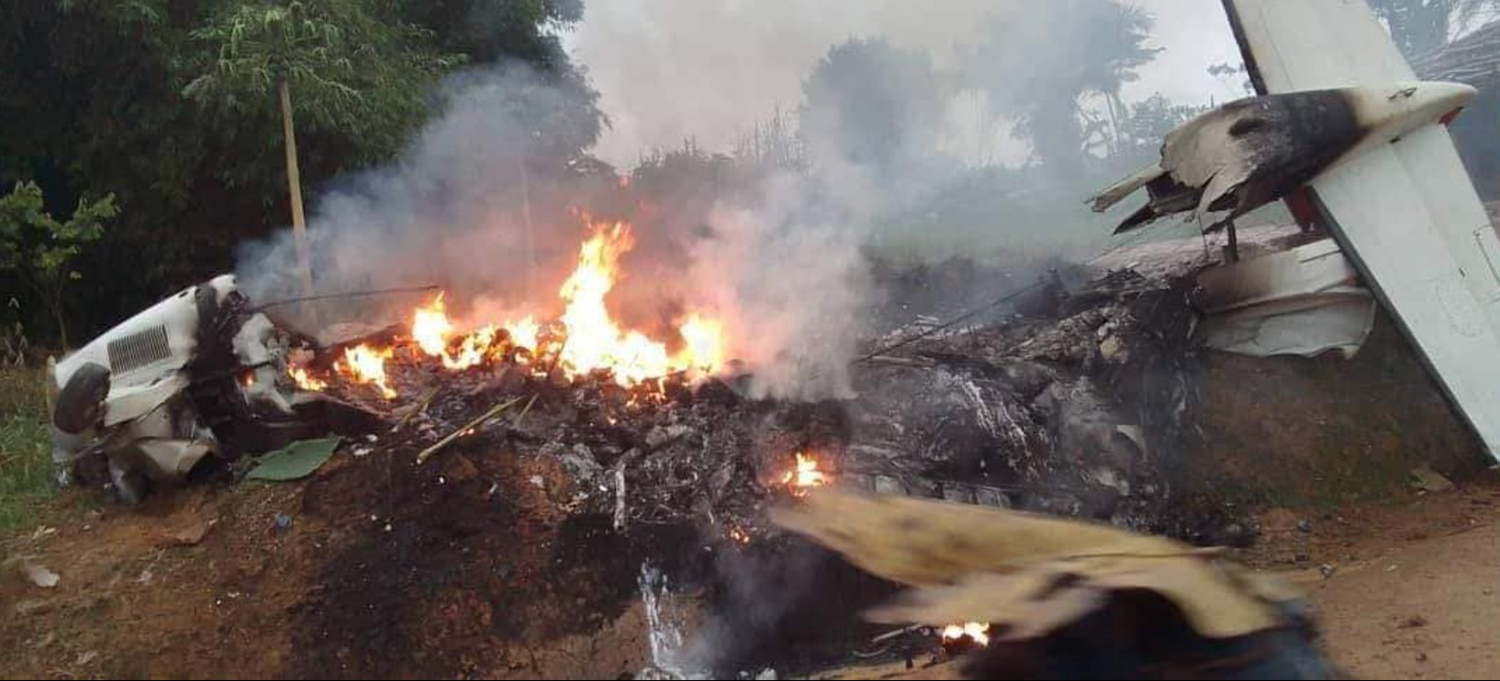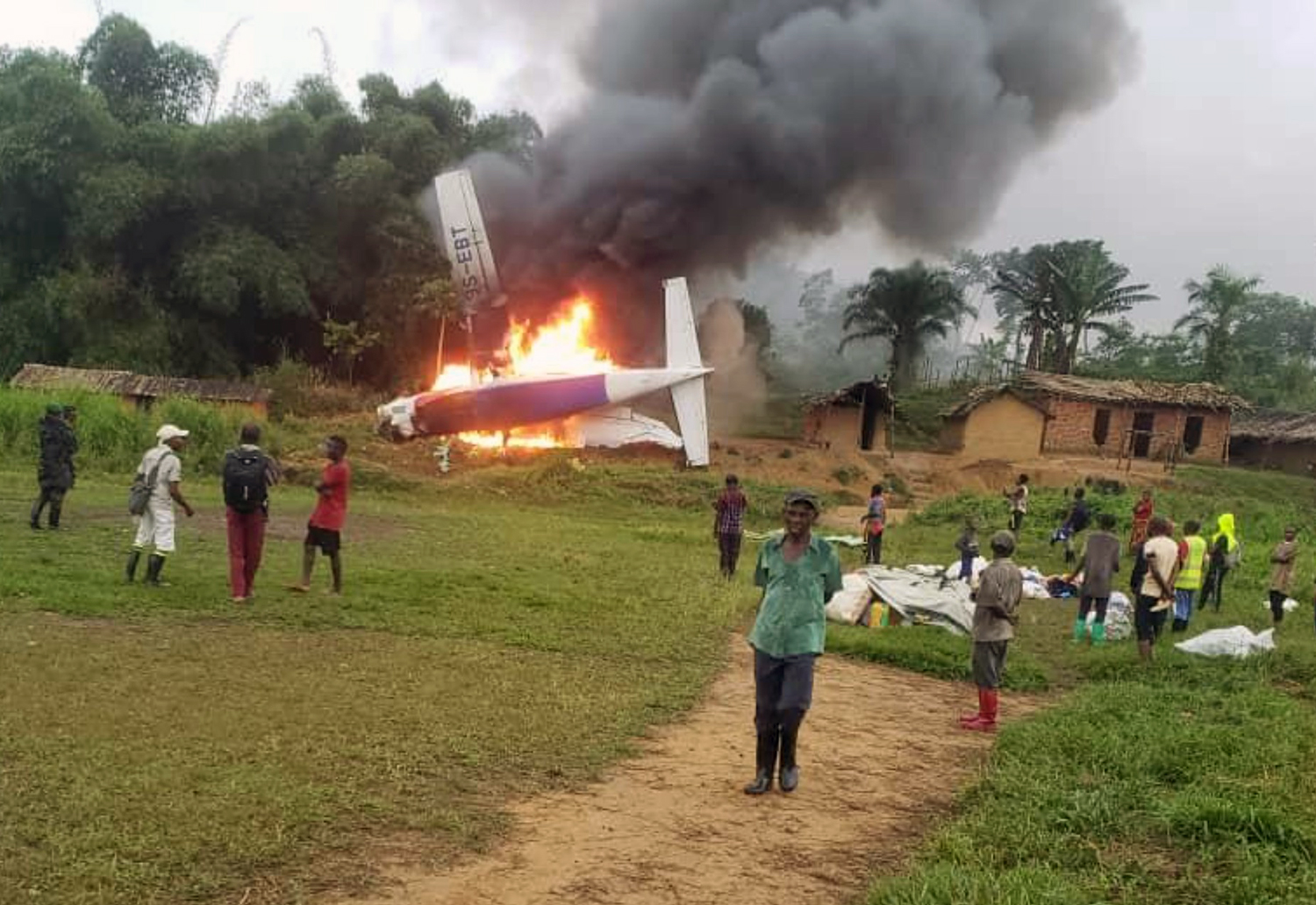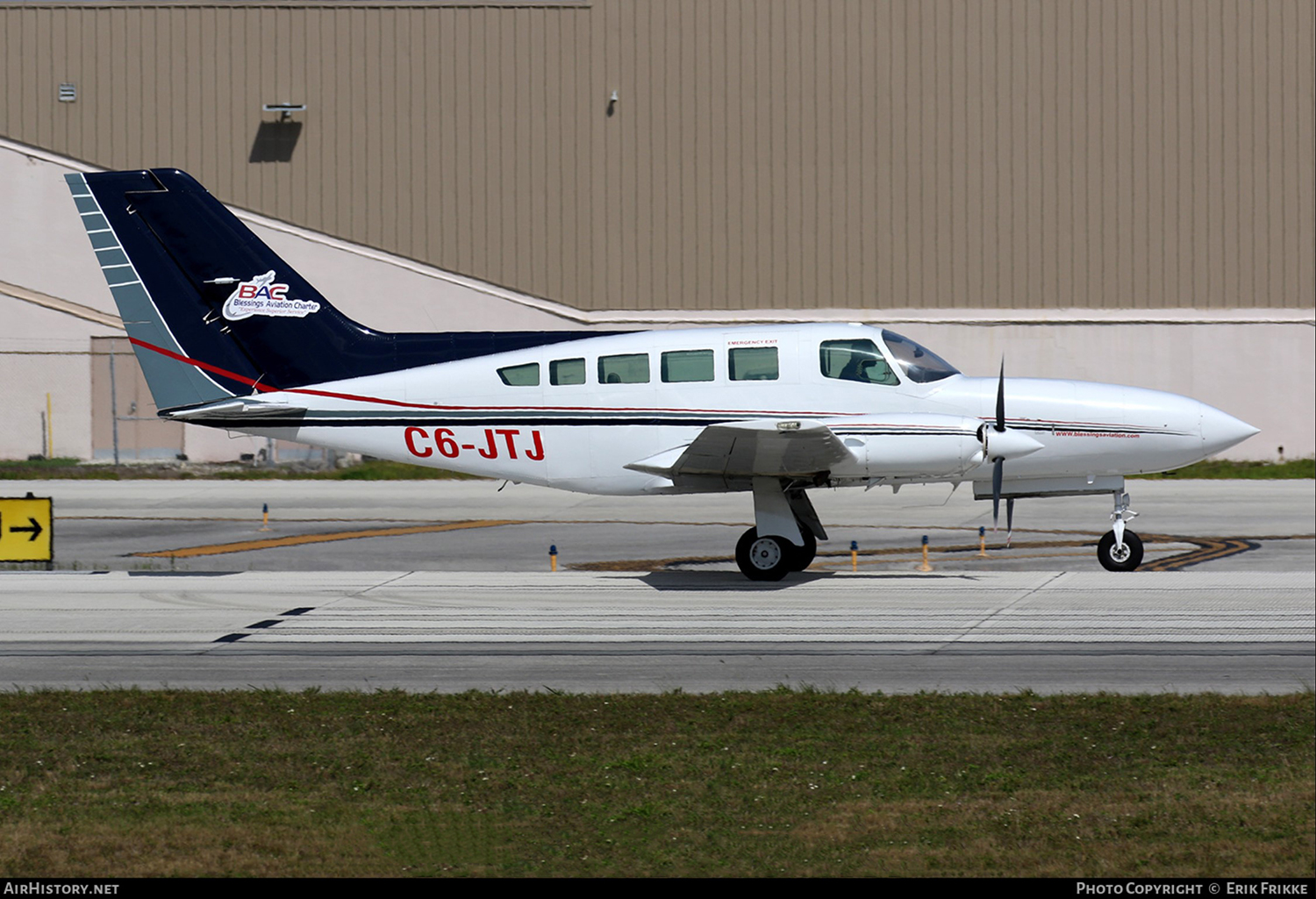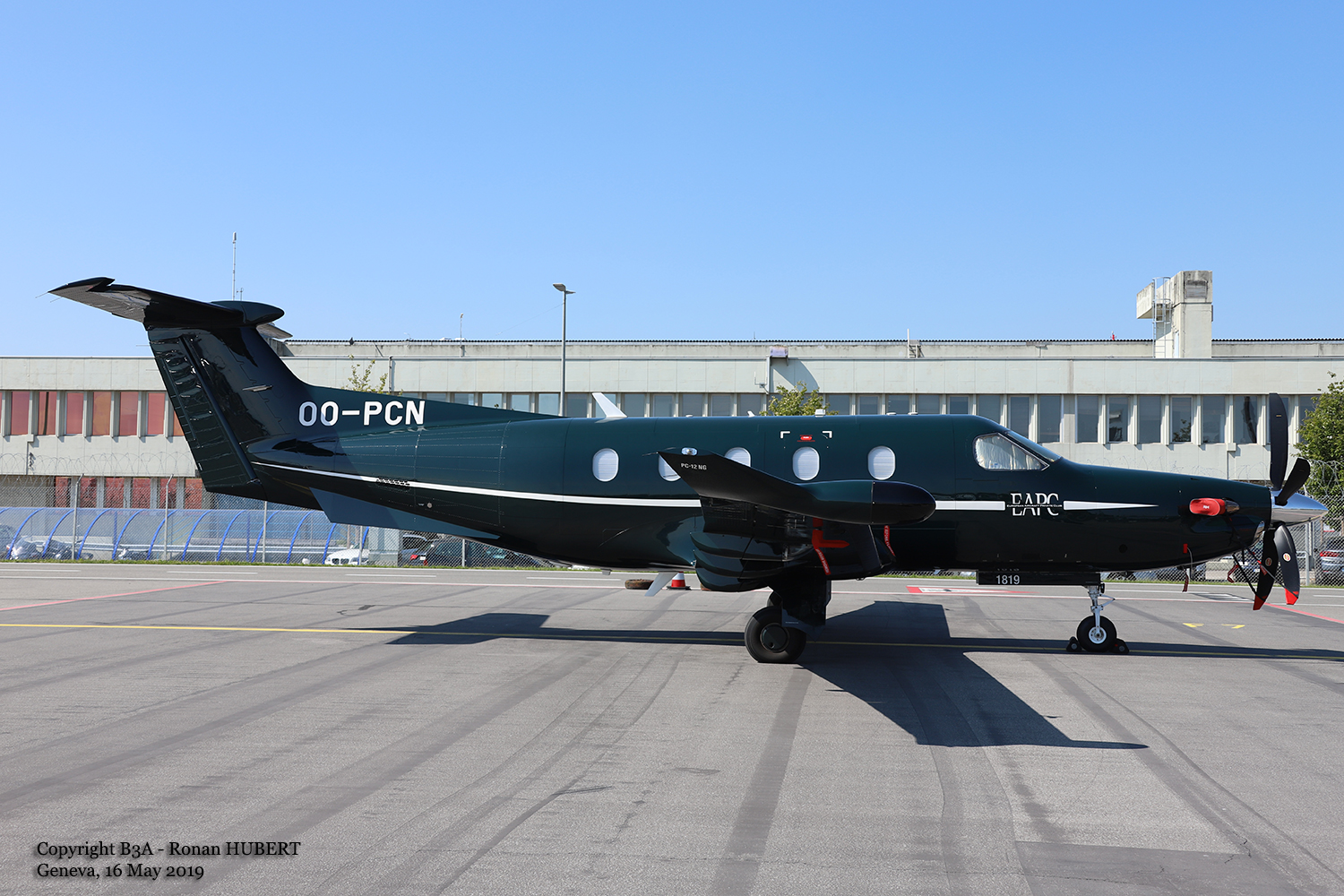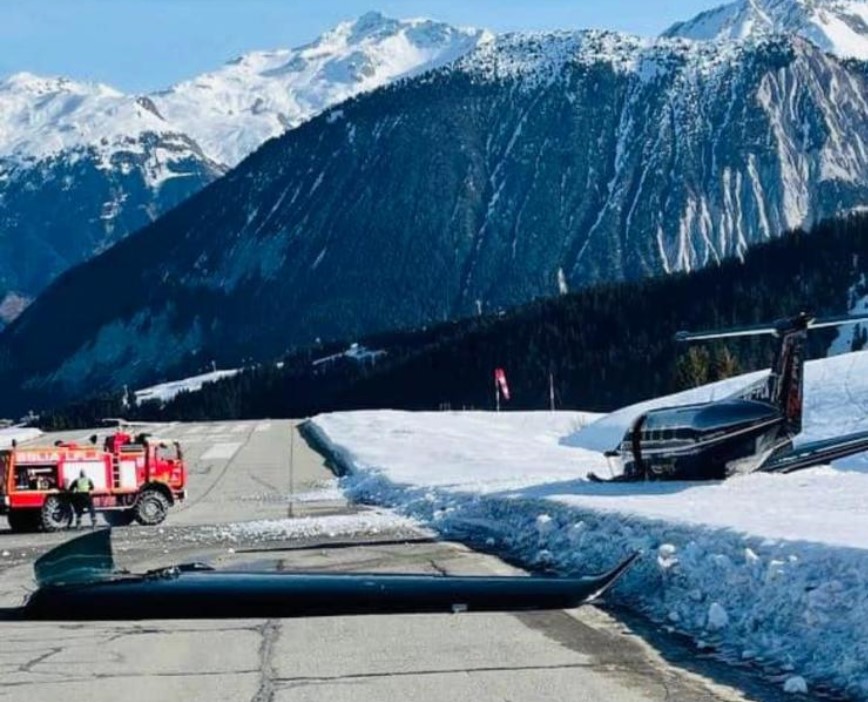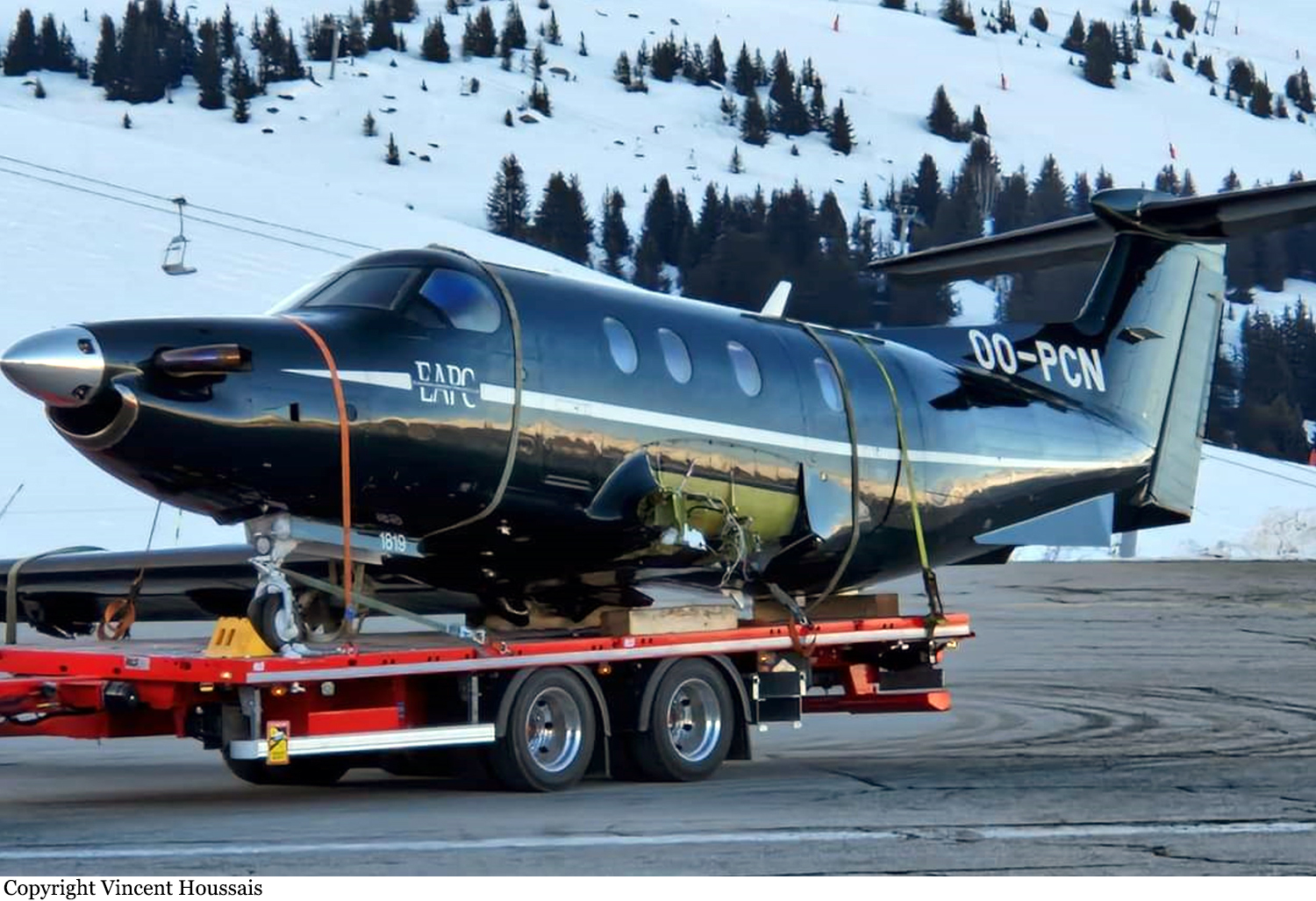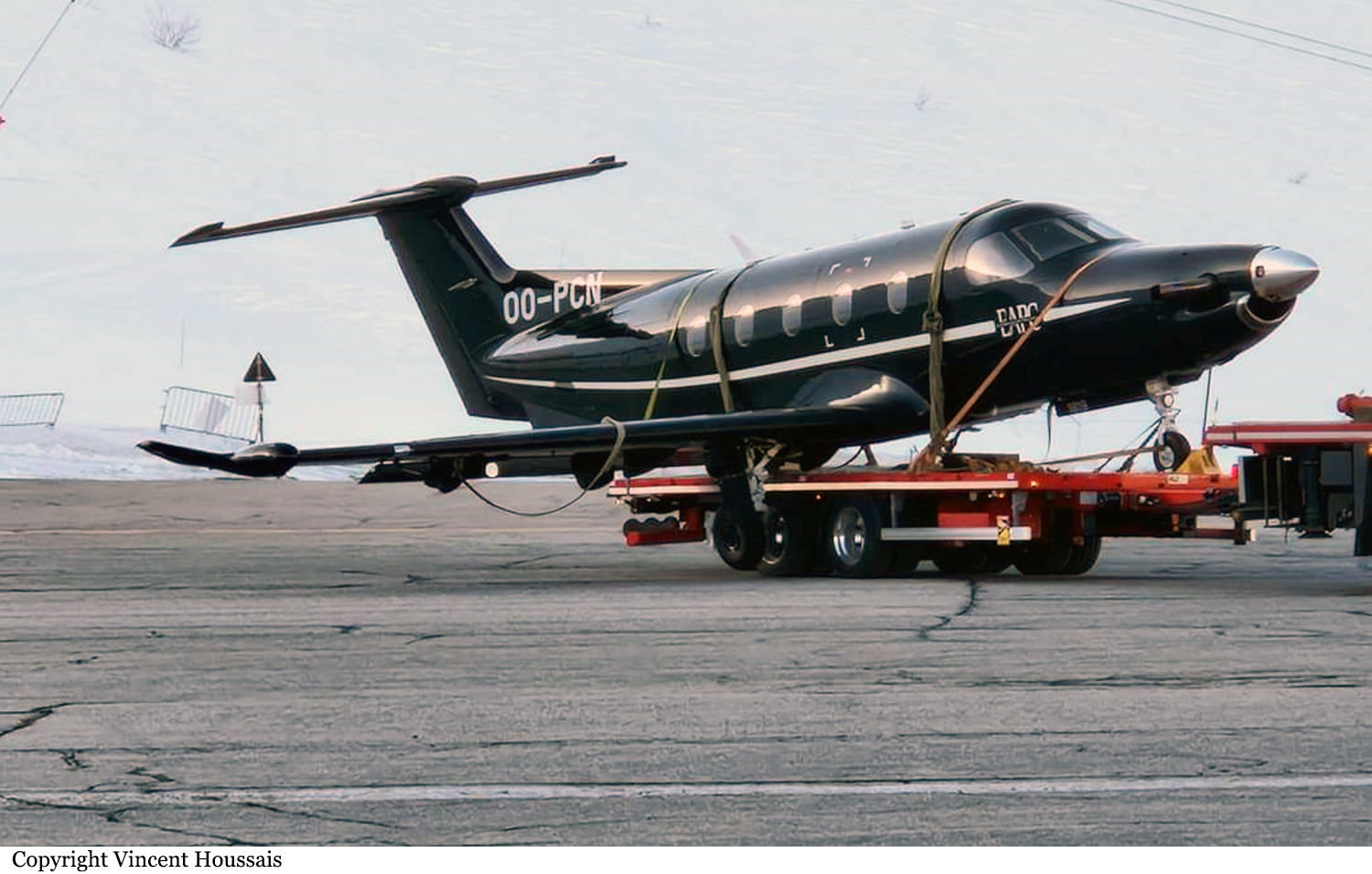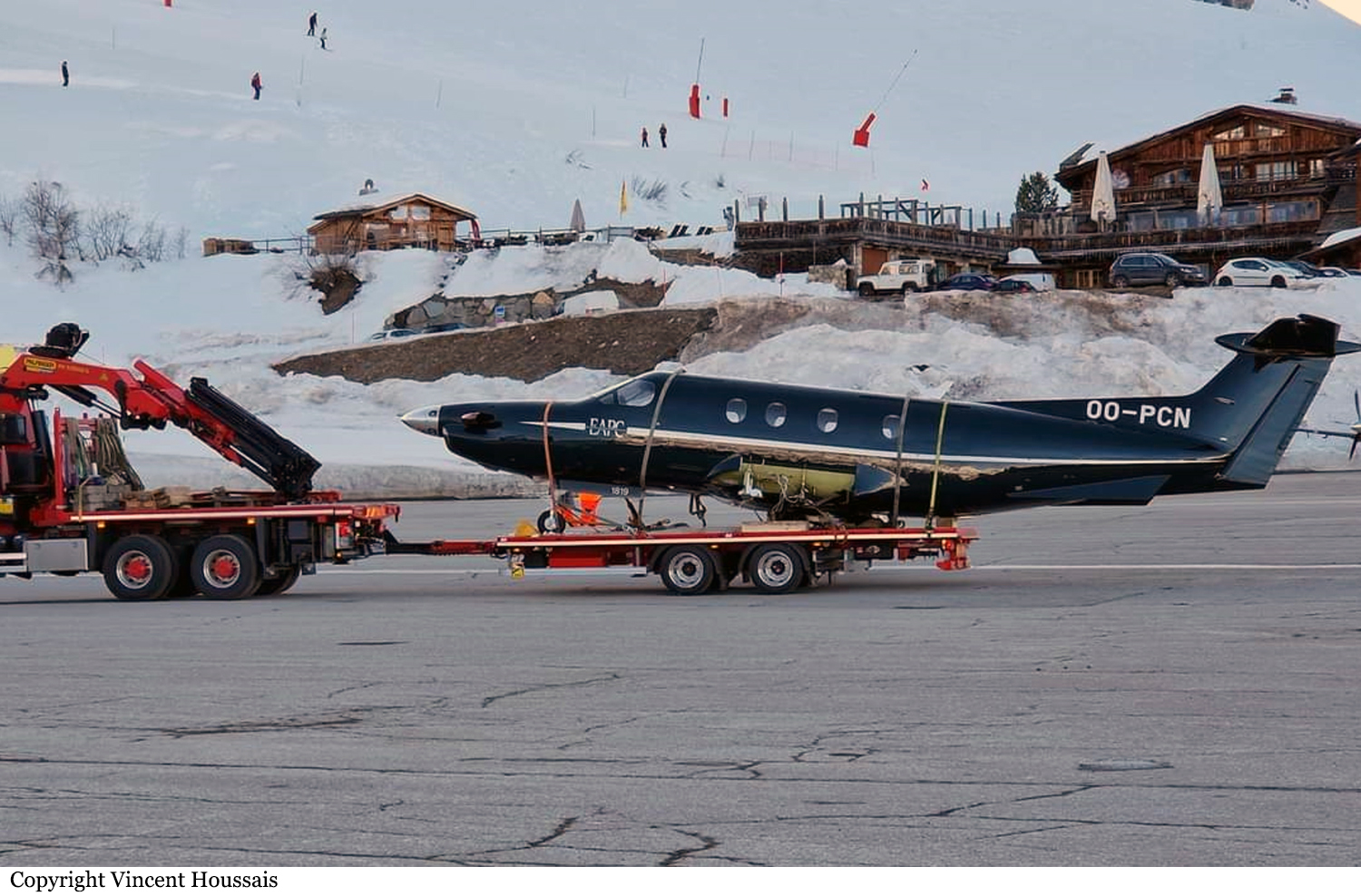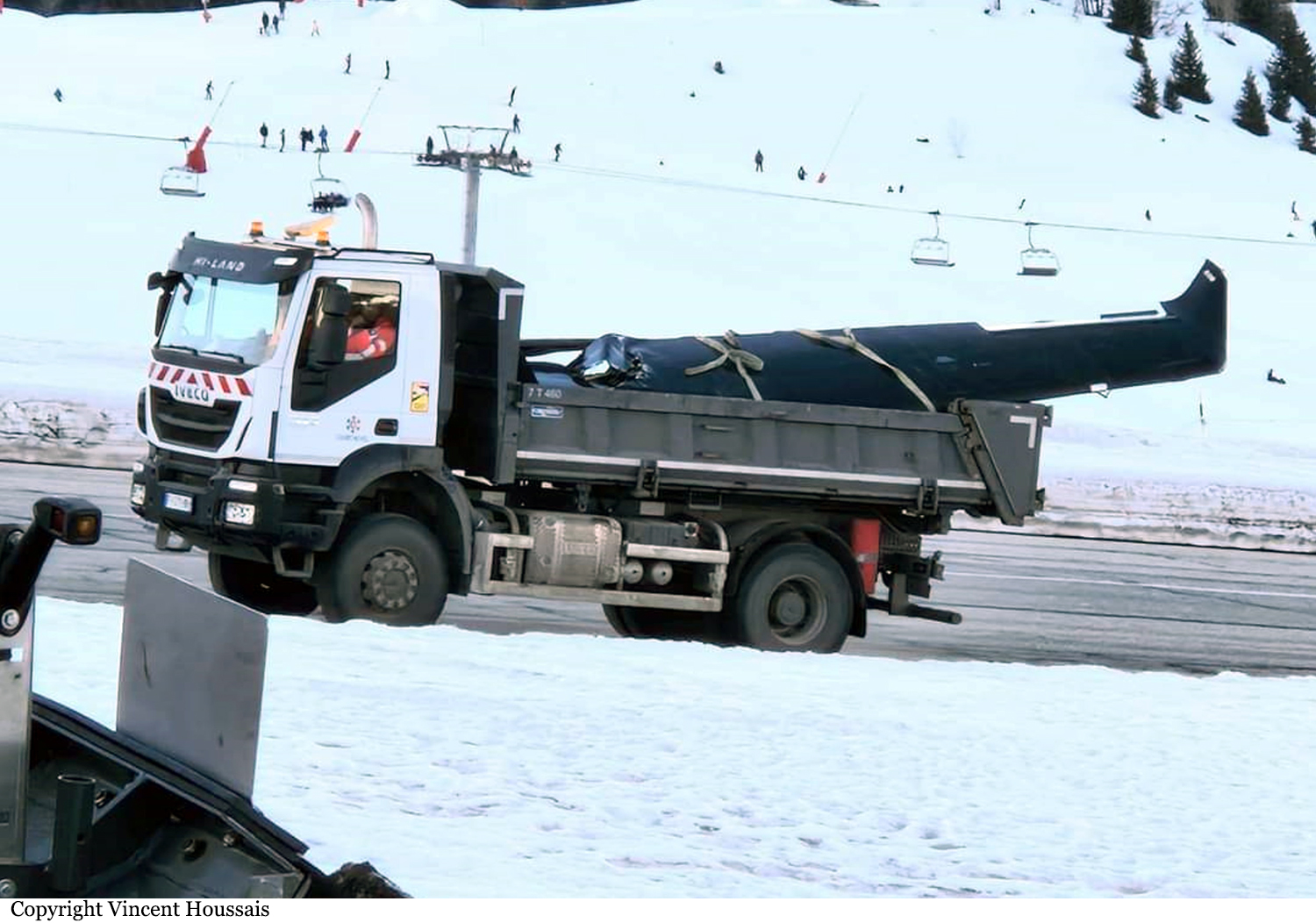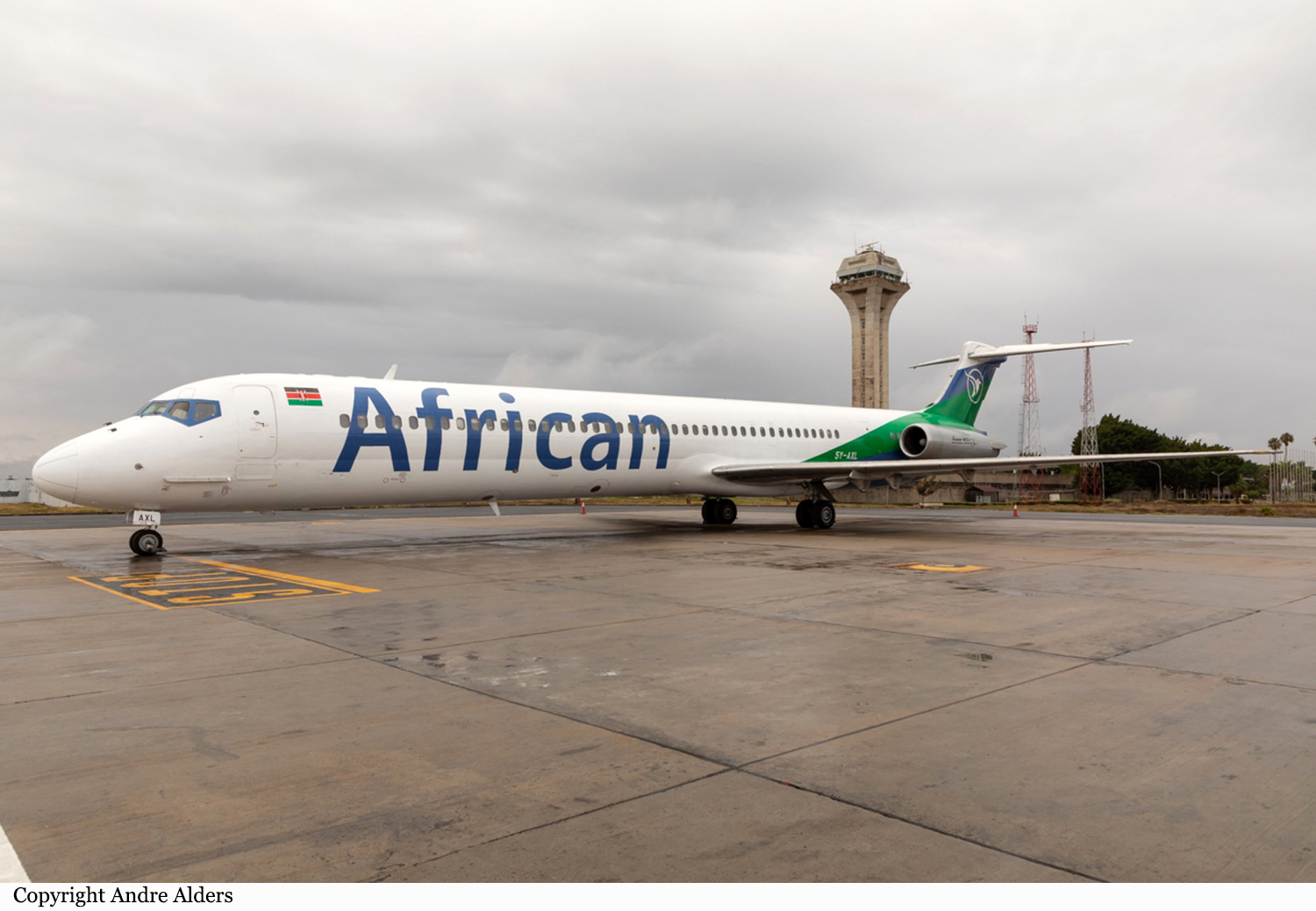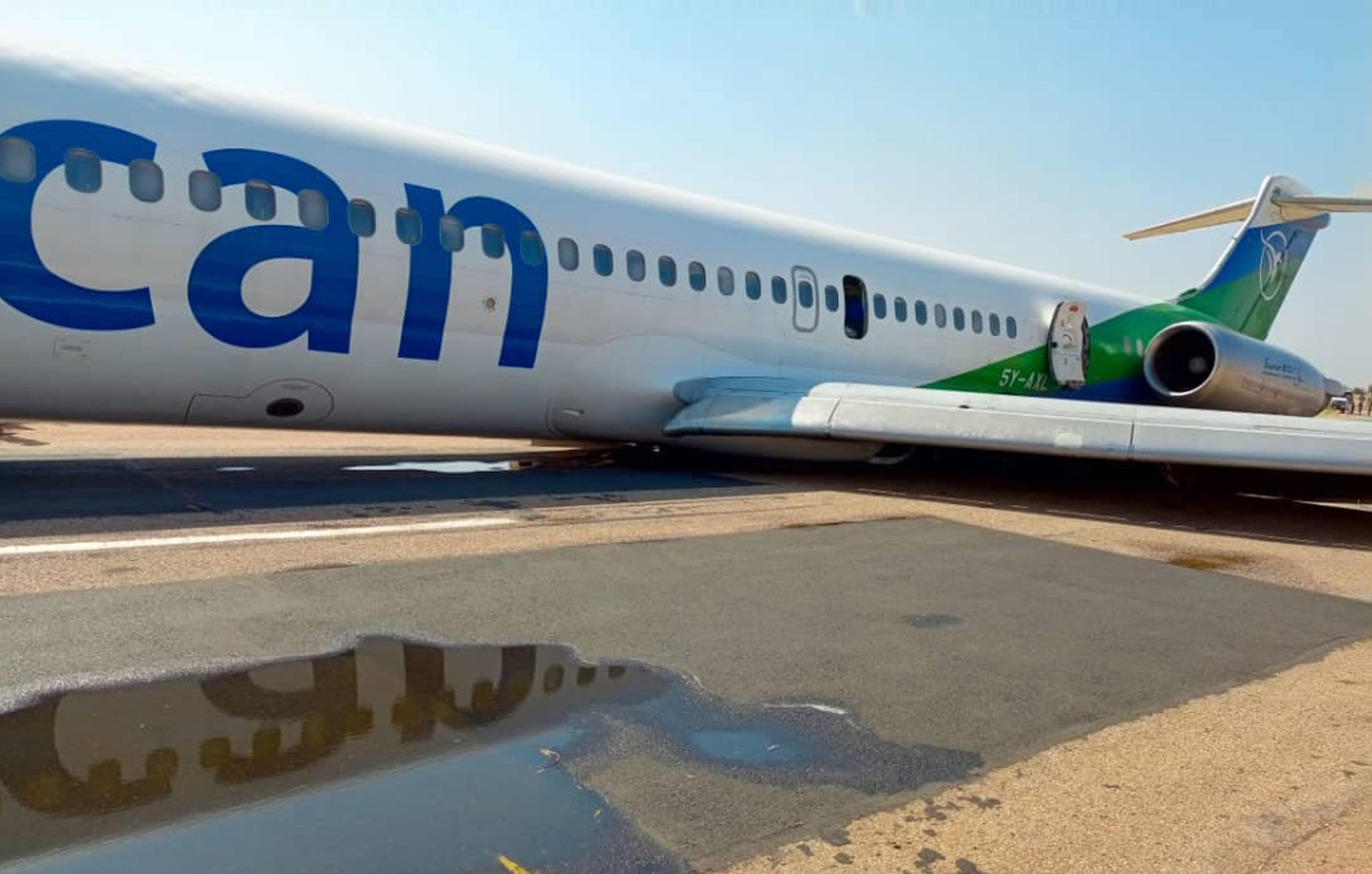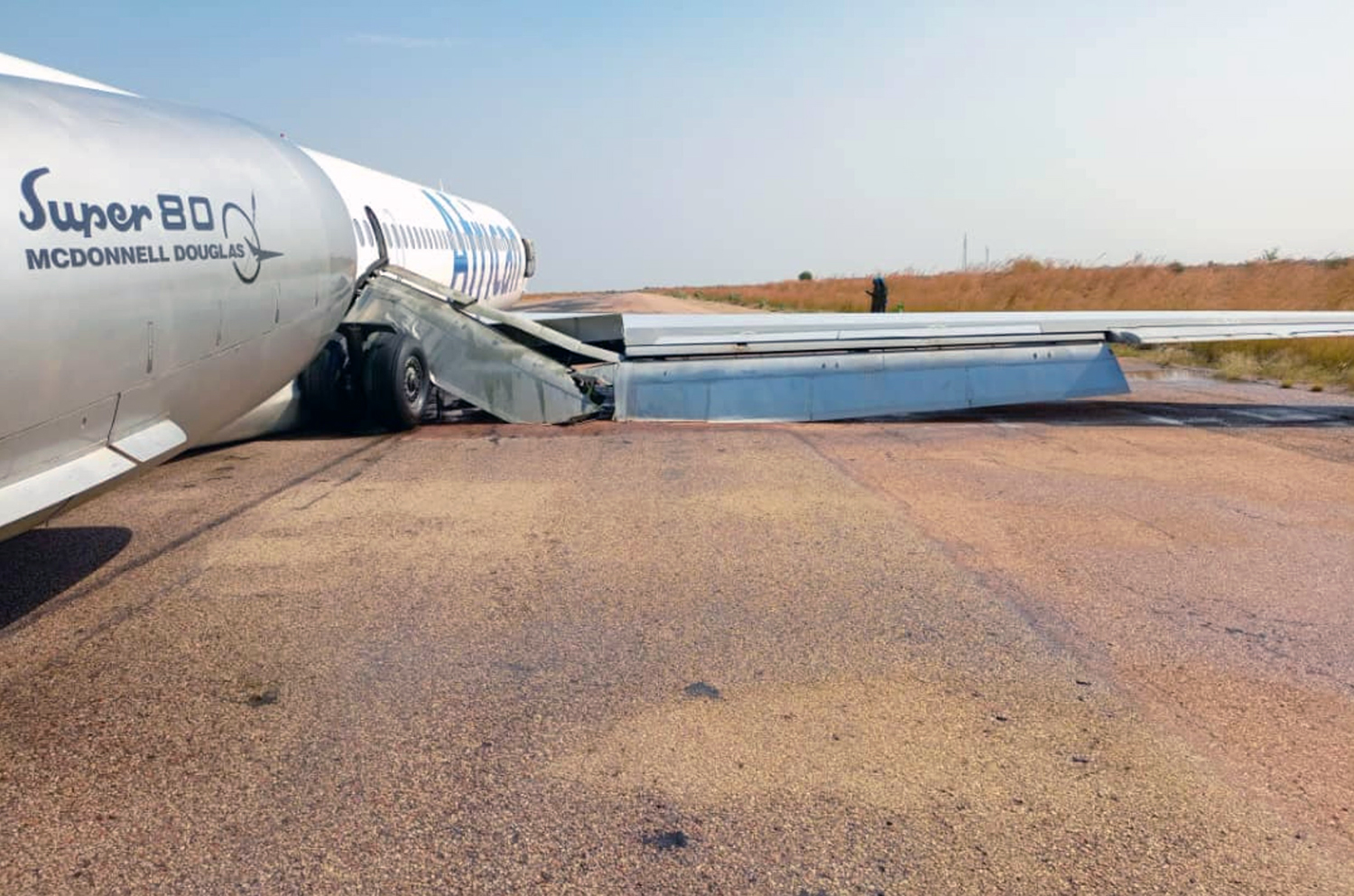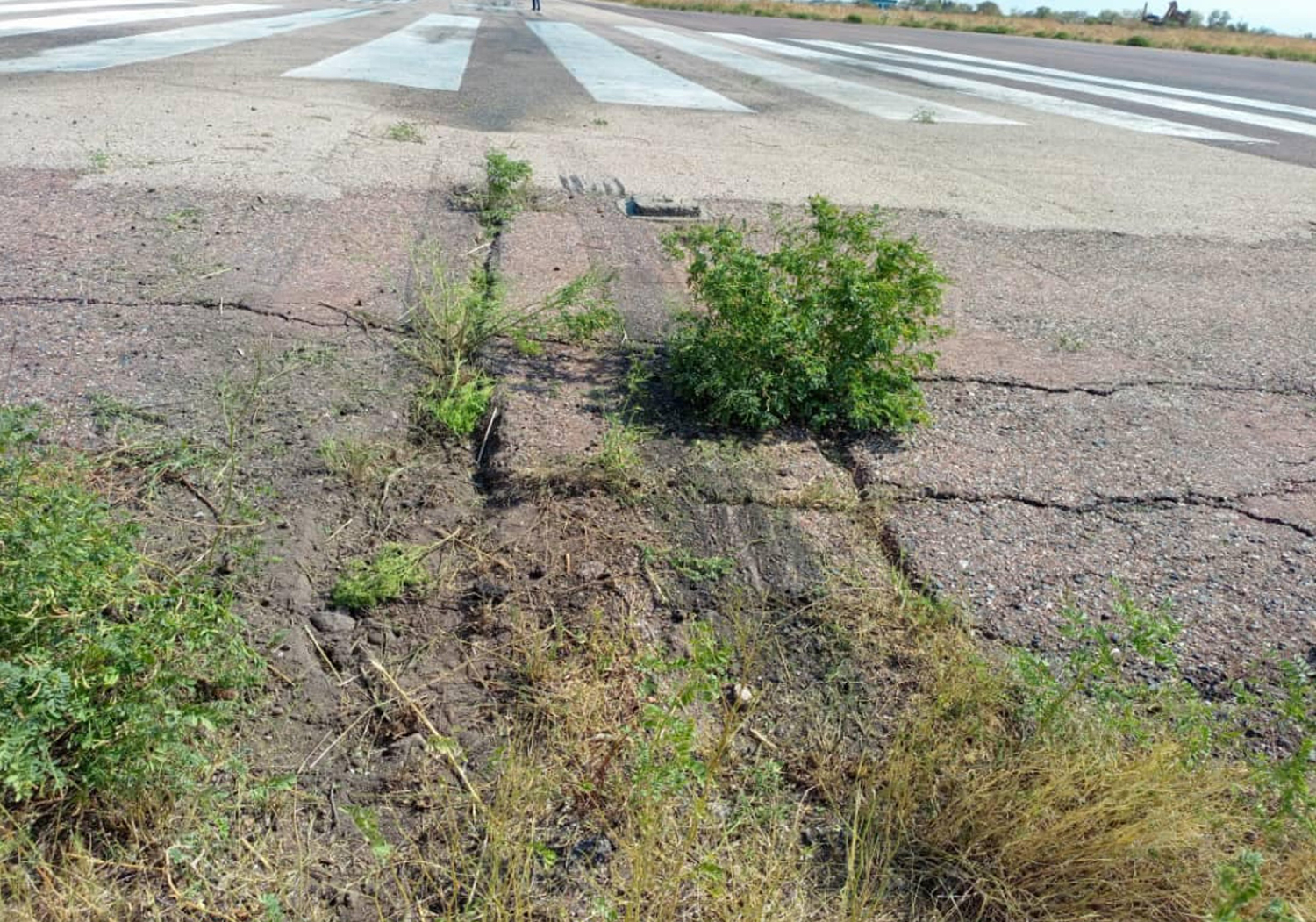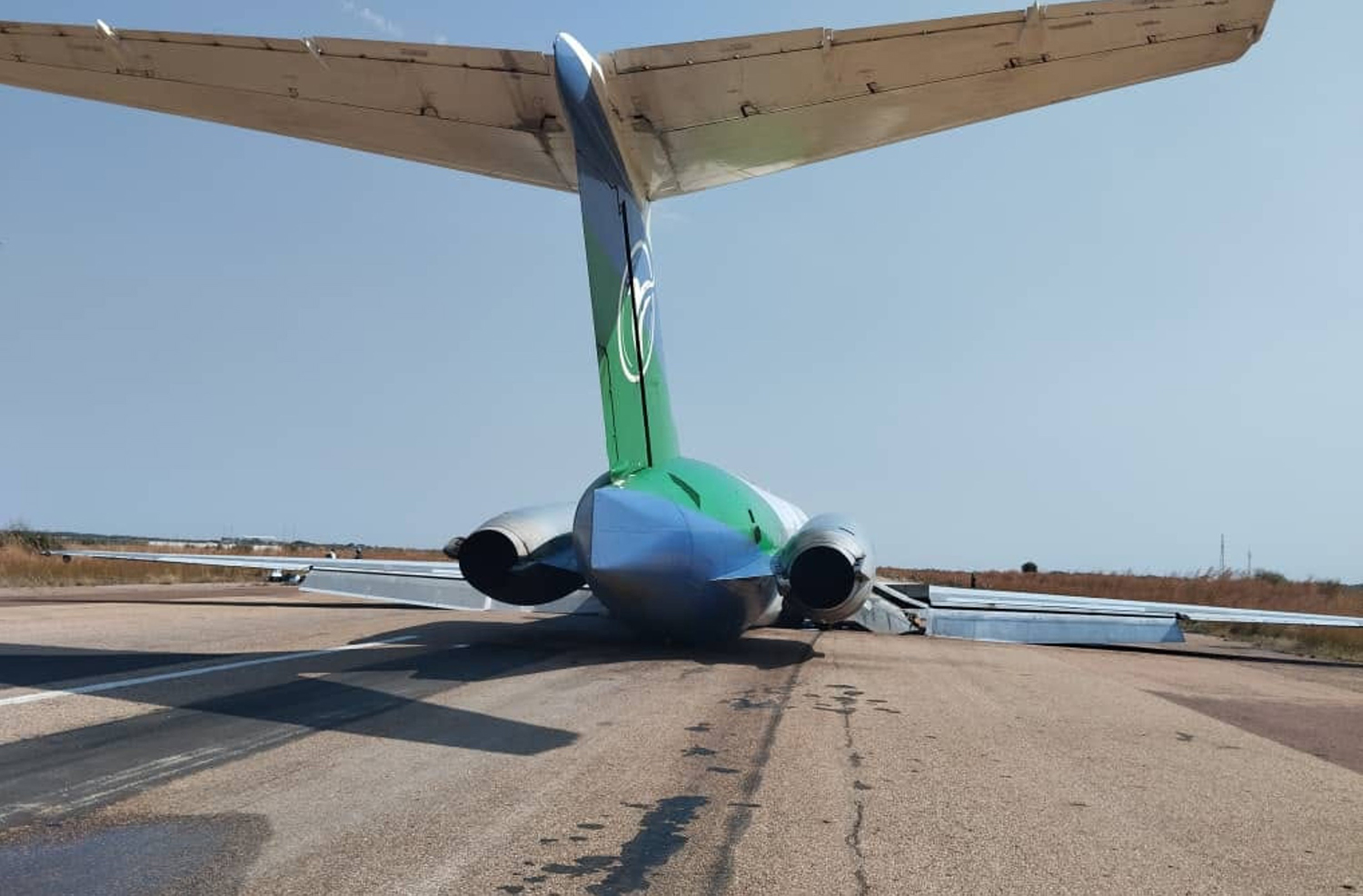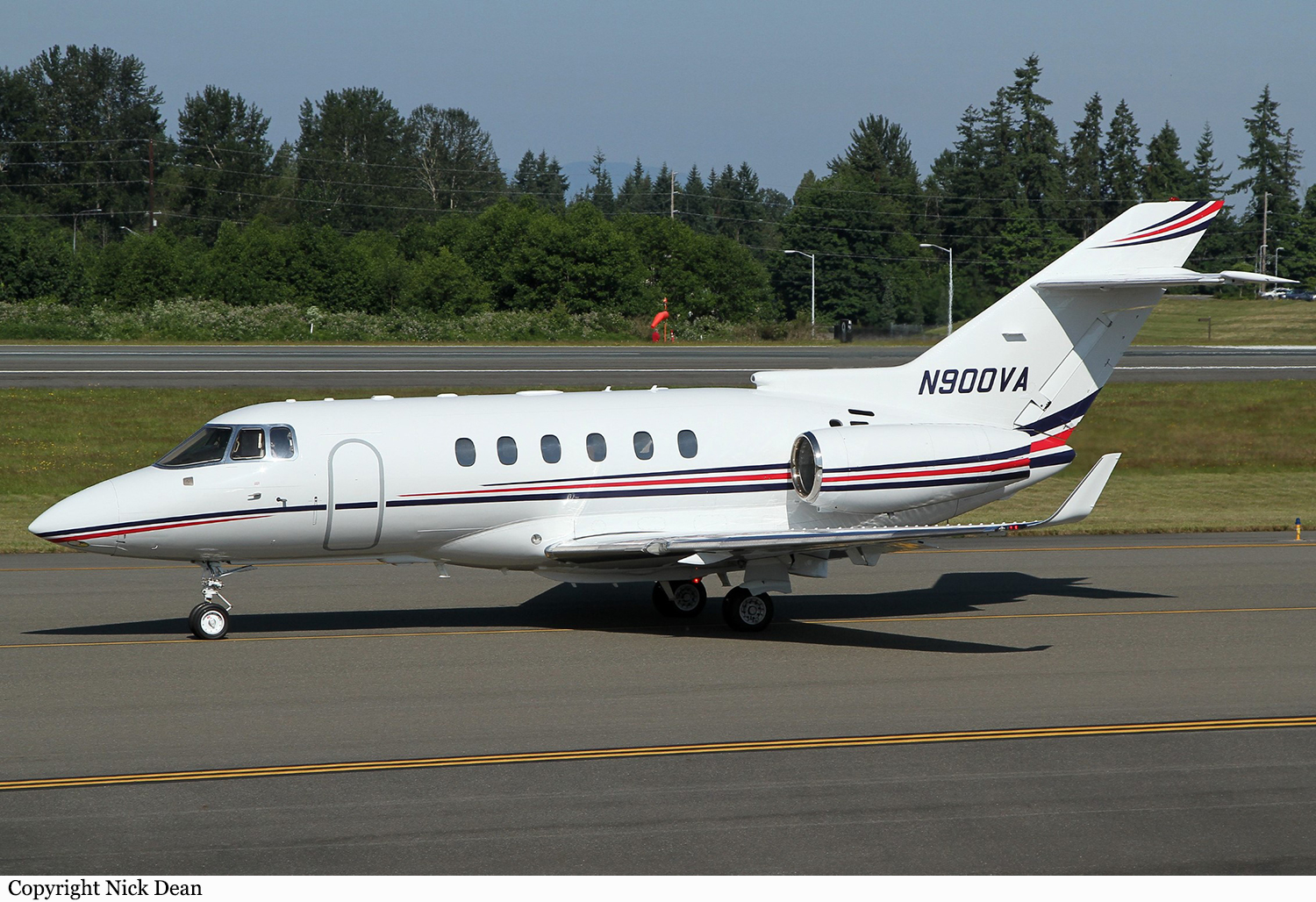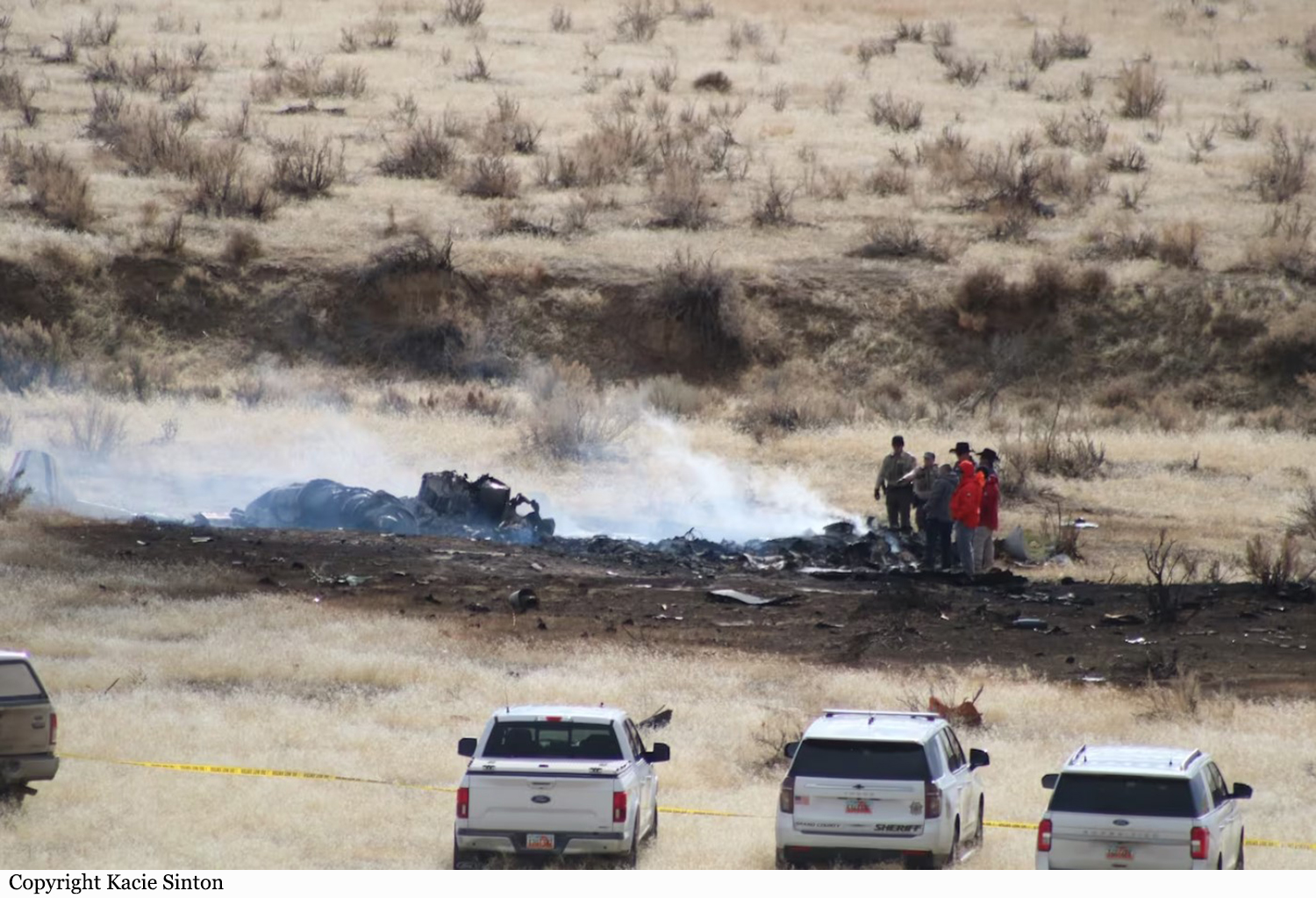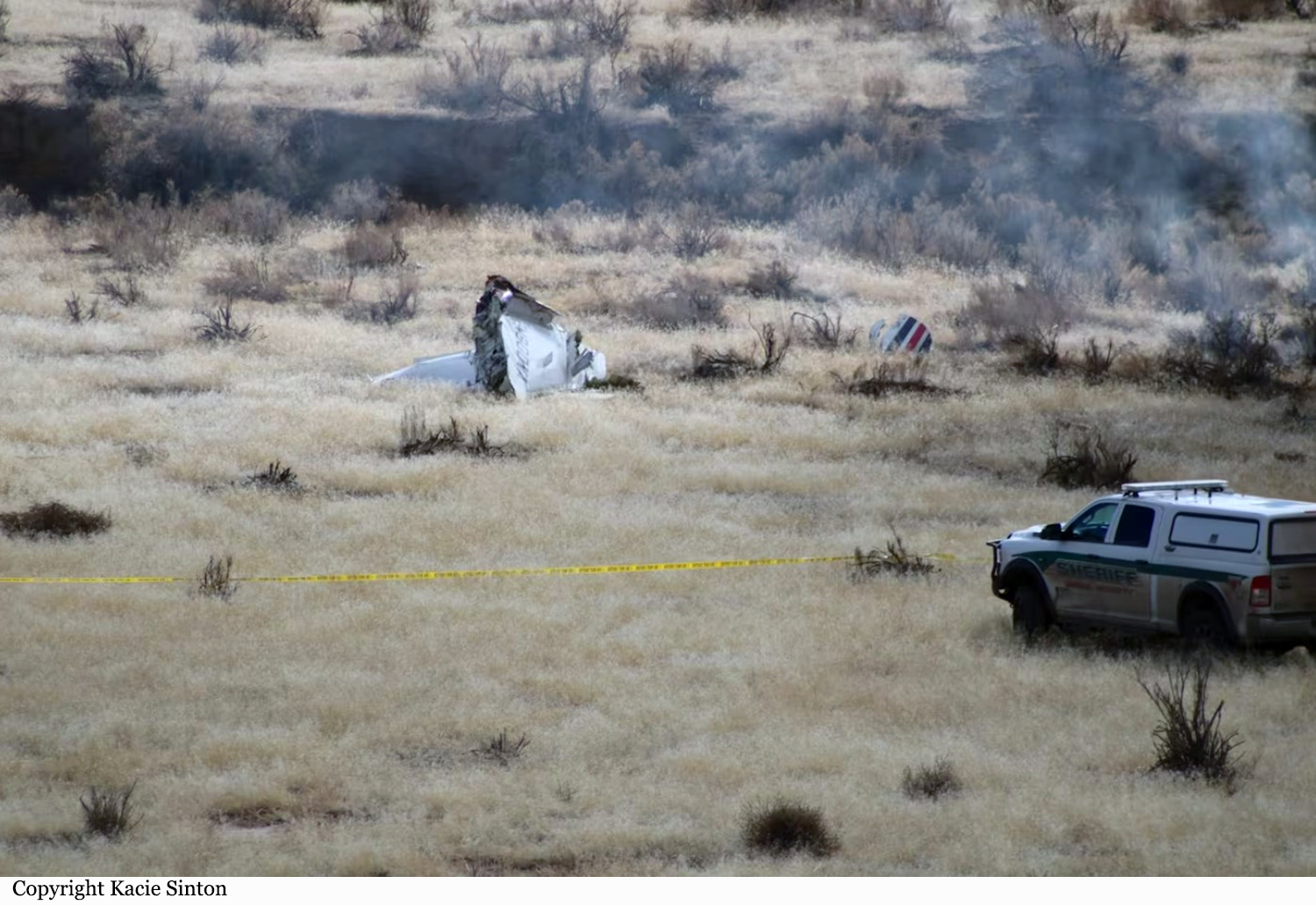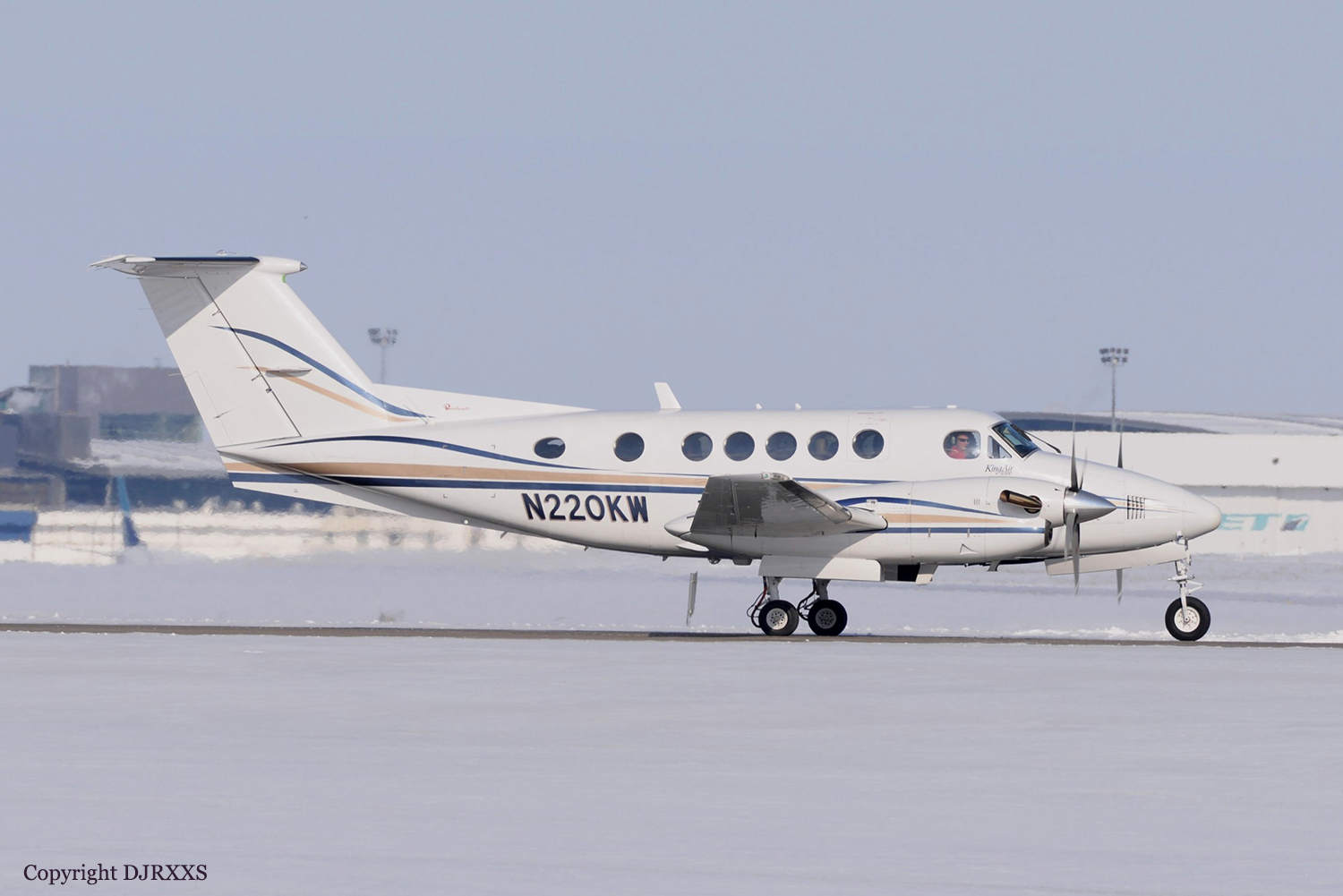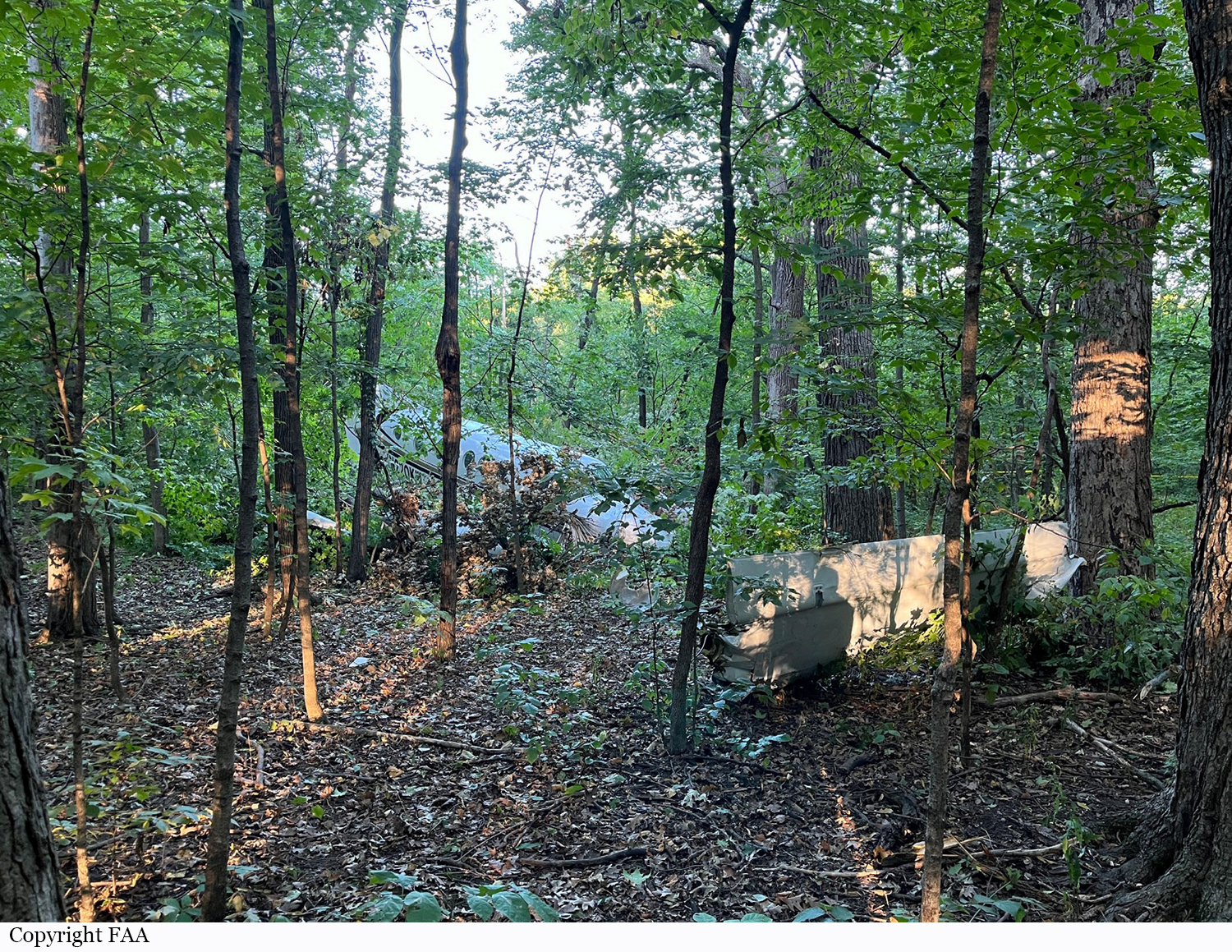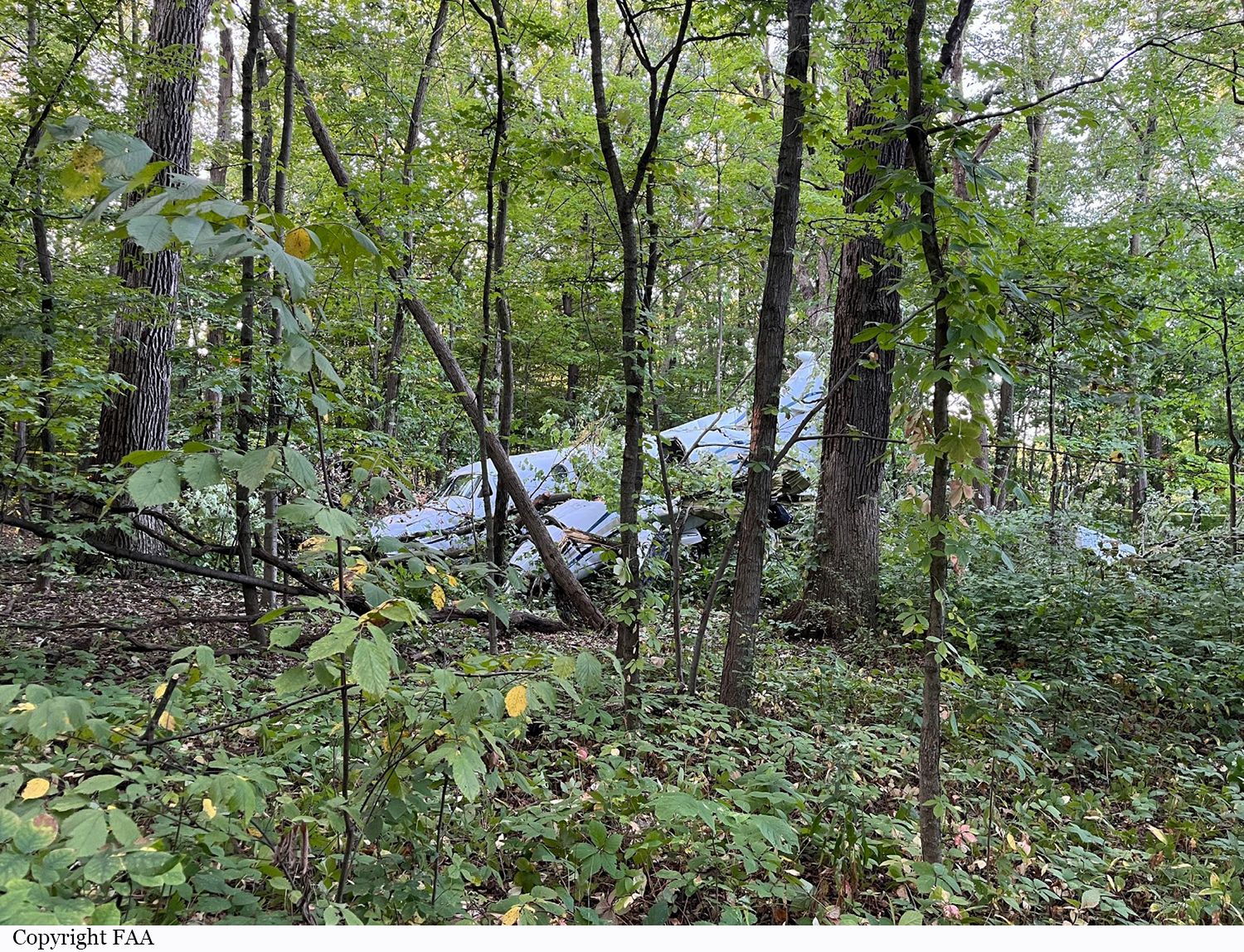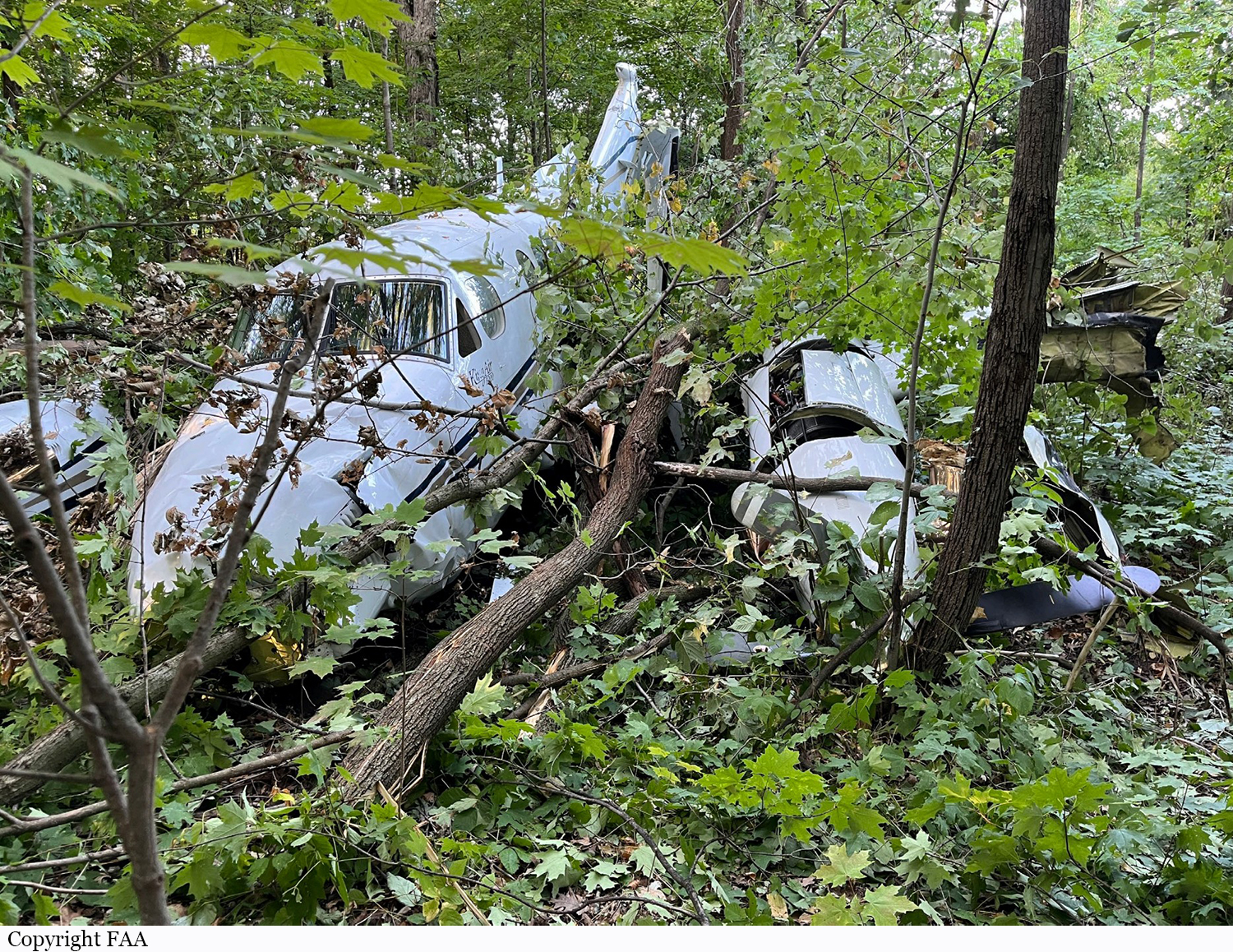Date & Time:
Feb 17, 2024 at 1025 LT
Operator:

Schedule:
Charleroi – Courchevel
Crew fatalities:
Pax fatalities:
Other fatalities:
Captain / Total flying hours:
2400
Captain / Total hours on type:
800.00
Copilot / Total flying hours:
645
Copilot / Total hours on type:
97
Circumstances:
The single engine airplane departed Charleroi Airport on a positioning flight to Courchevel where seven passengers were supposed to be picked up. While descending to Courchevel Altiport, the crew completed the approach checklist, passed over the airfield to check the runway and both windsocks then made a circuit and started a second approach to land. On short final to runway 22, the airplane descended below the altitude of 6,371 feet corresponding to the runway threshold. At a distance of 0,1 NM (185 metres) from the threshold, the airplane descended at an altitude of 6,354 feet and at a speed of 84 knots. At this moment, the pilot significantly increased the aircraft's pitch attitude by reducing the engine power until it was completely shut down. This caused the airplane to descend too low and both main landing gear and the nose gear impacted an embankment located below the runway threshold. Upon impact, the left main gear was torn off and the airplane bounced several times on runway before veering to the left. The left wing collided with a snow berm located on the left side of the runway and was sheared off. The airplane then entered the snow berm, made a 180 turn and came to rest in the snow. Both crew members escaped with minor injuries. The aircraft was damaged beyond repair.
Probable cause:
The pilot began his descent late, forcing him to adopt a higher glide slope than the 5% recommended in the absence of wind, with the middle of the embankment below the runway threshold as his target point. As he approached the threshold, the pilot simultaneously increased the aircraft's pitch significantly and reduced engine power completely, causing the landing gear to collide with the embankment.
The following factors may have contributed to the unstabilized approach and collision with the embankment;
- The captain's limited experience flying in the mountains and at the Courchevel Altiport ;
- The length of the pilot's practical training for access authorization, which seems insufficient given his lack of previous experience landing at altiports;
- The first officer's lack of experience flying in the mountains, which prevented him from fulfilling his role of monitoring the flight path followed by the PF during the approach.
Final Report:








